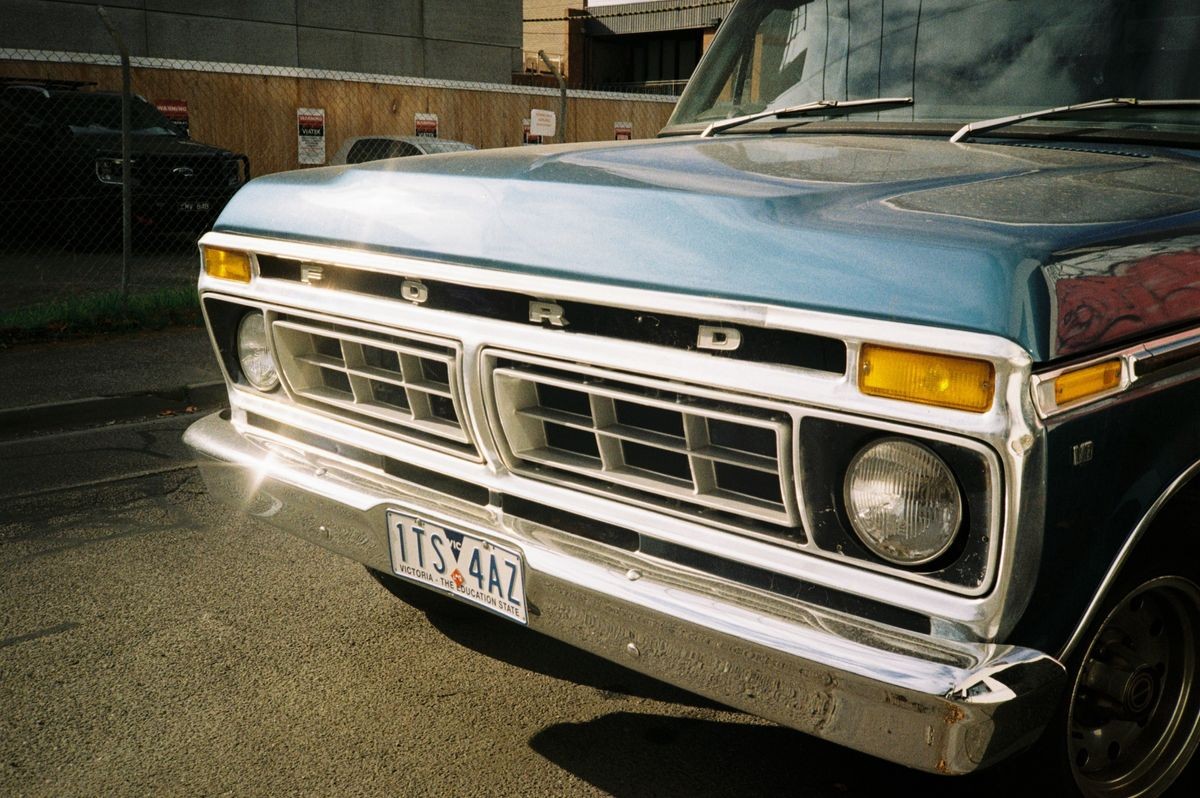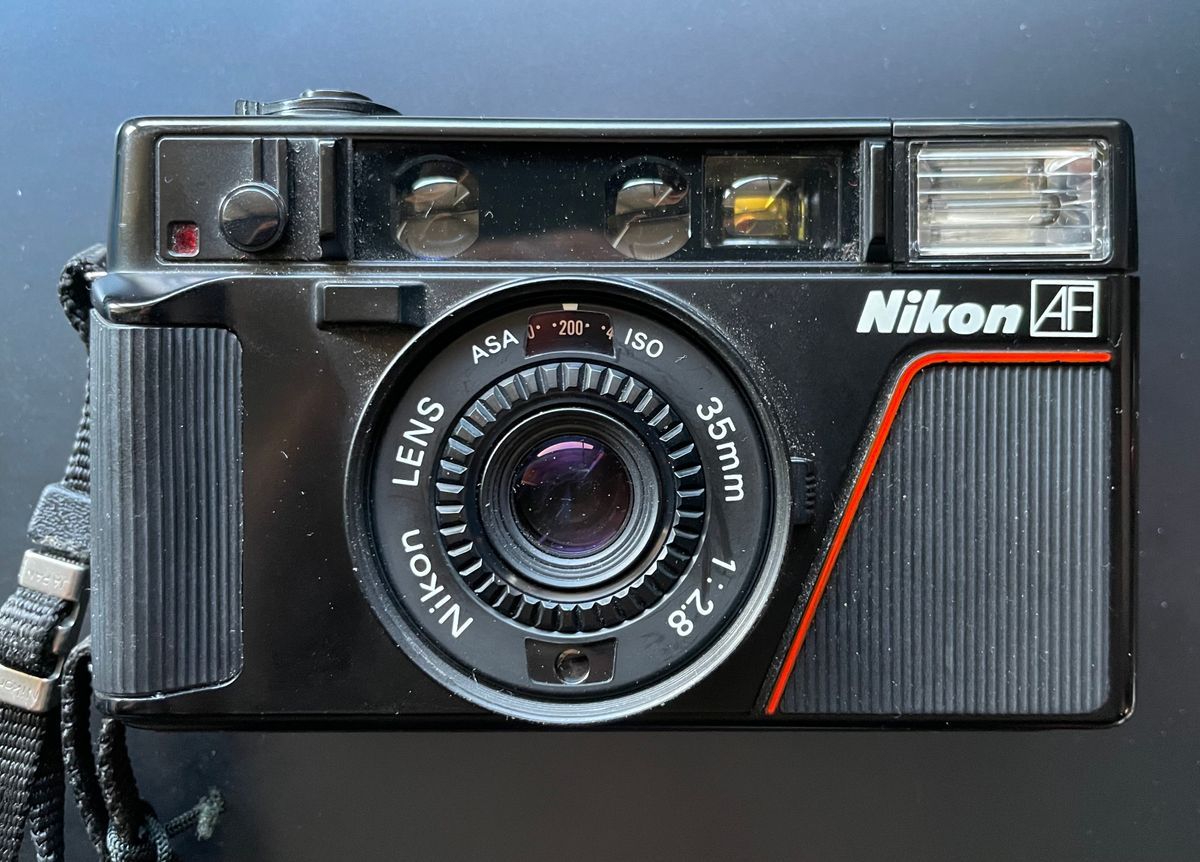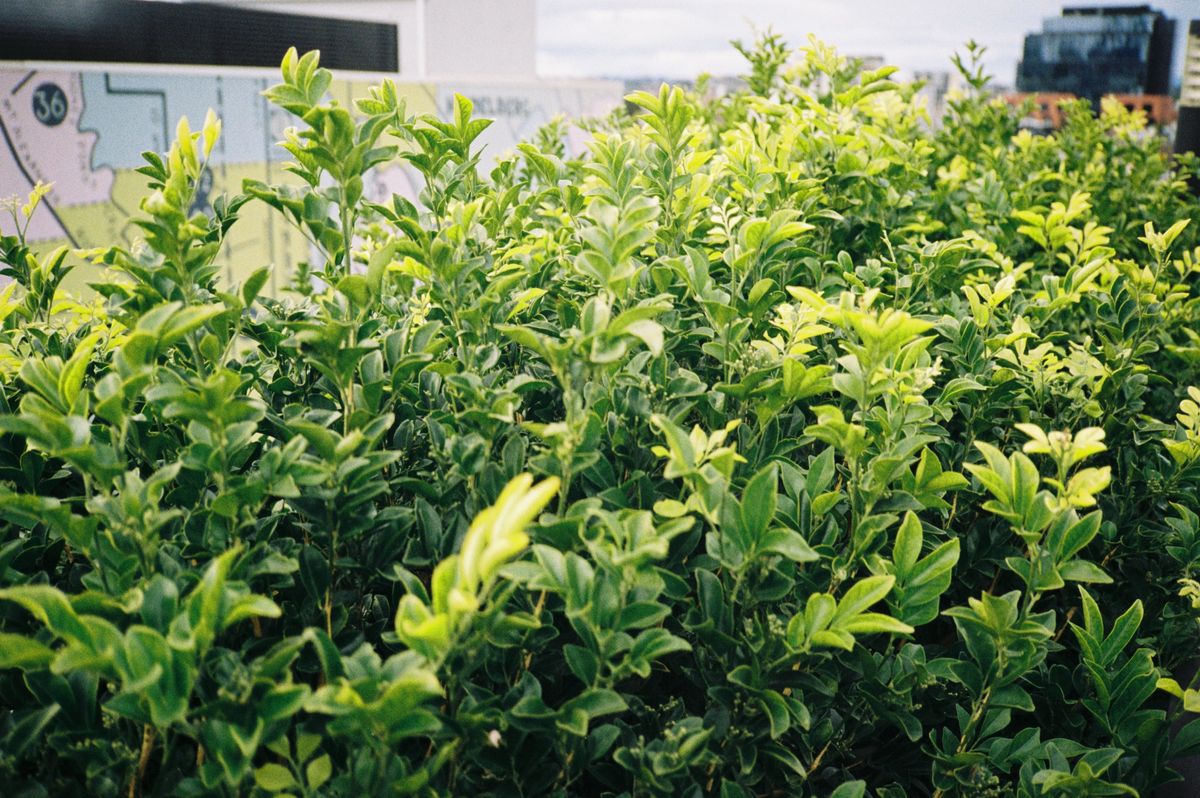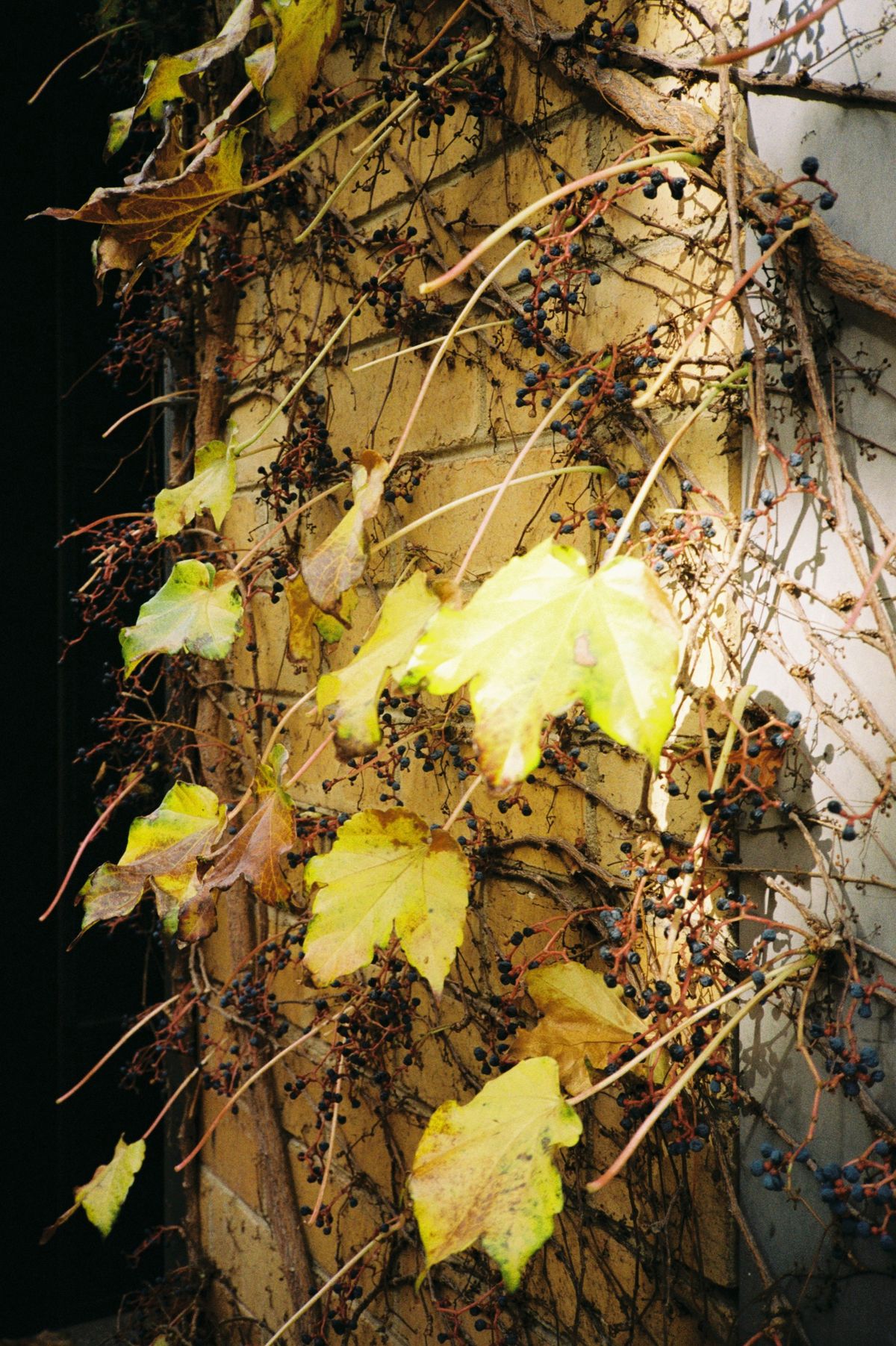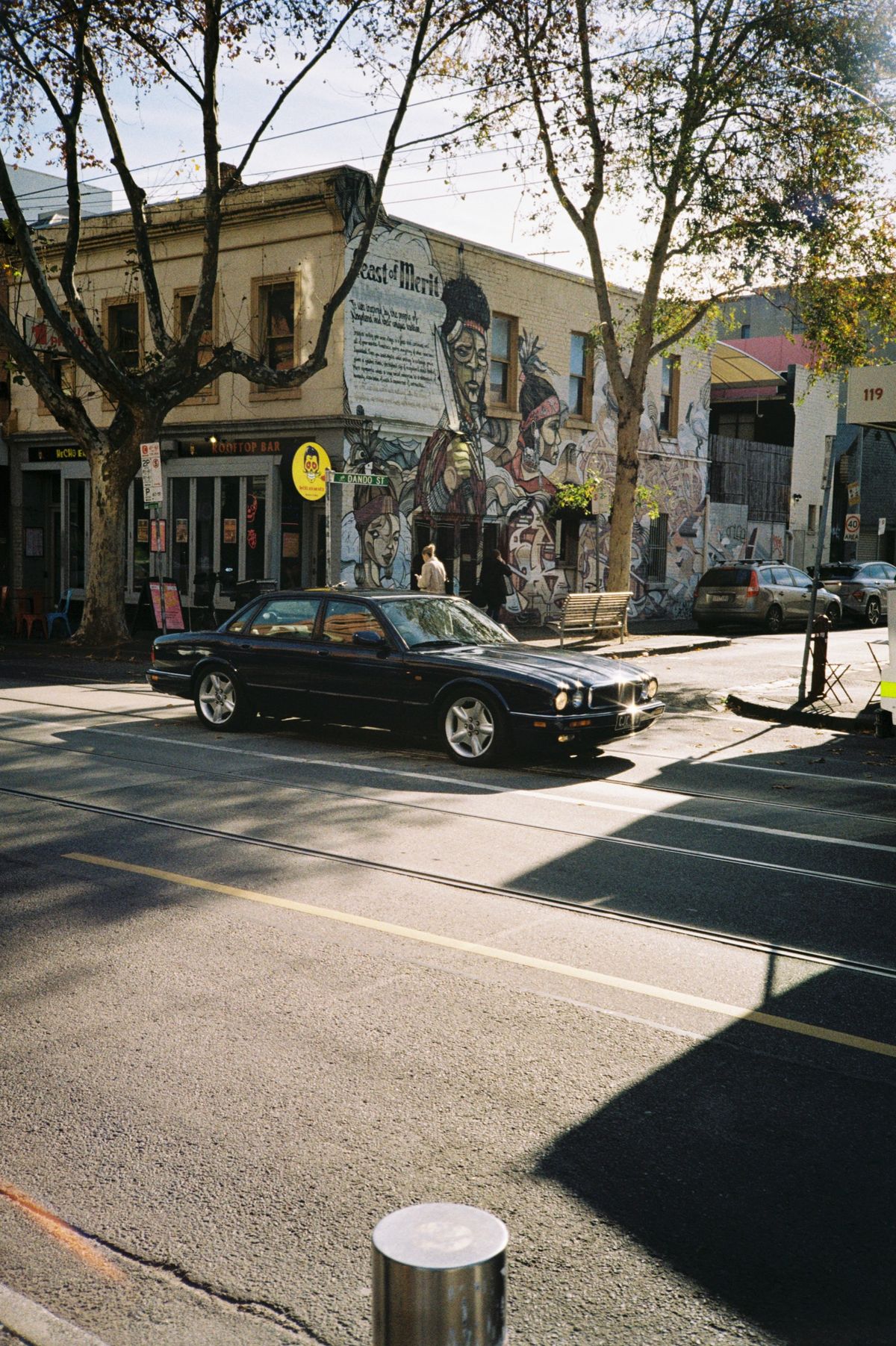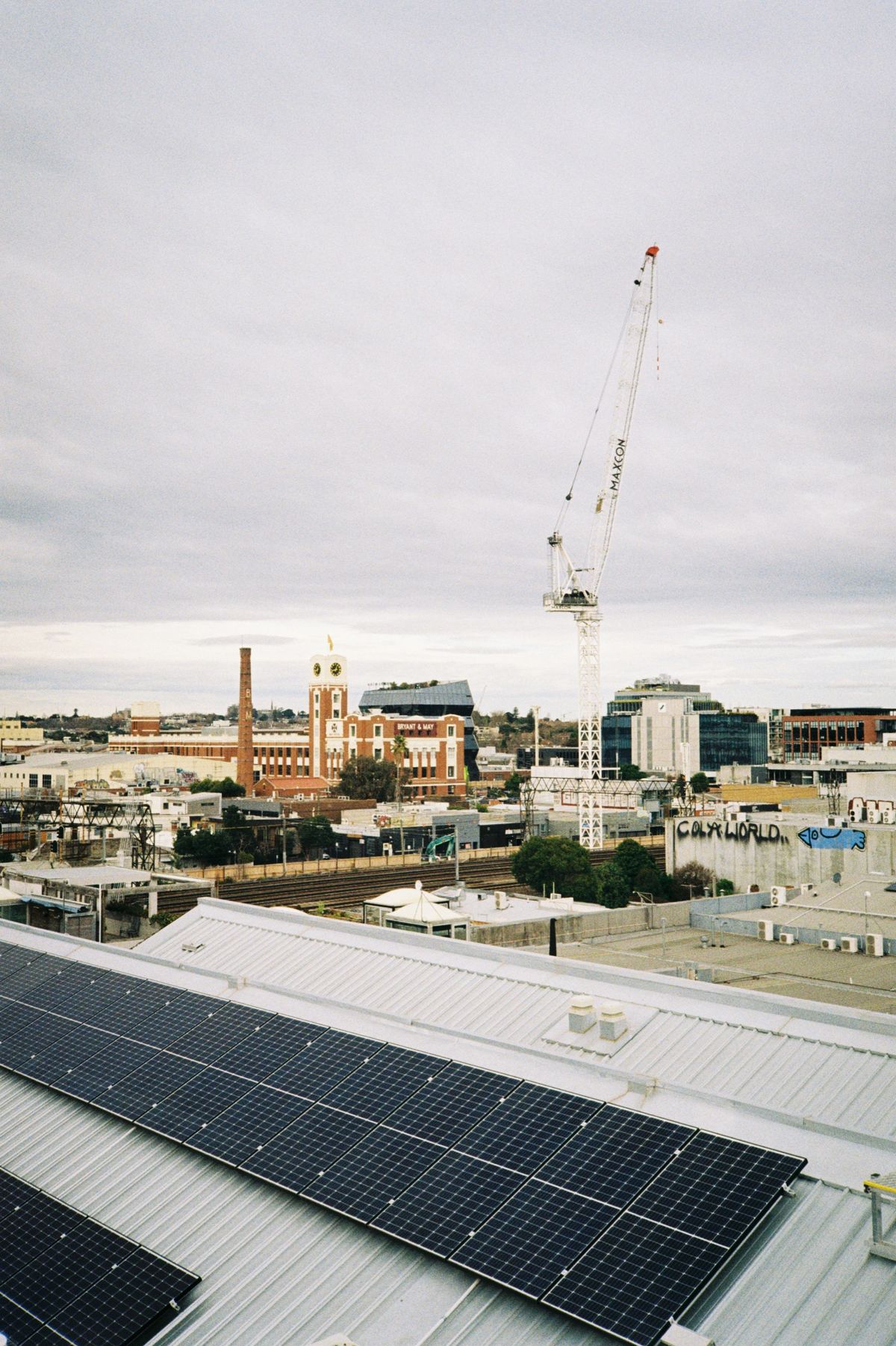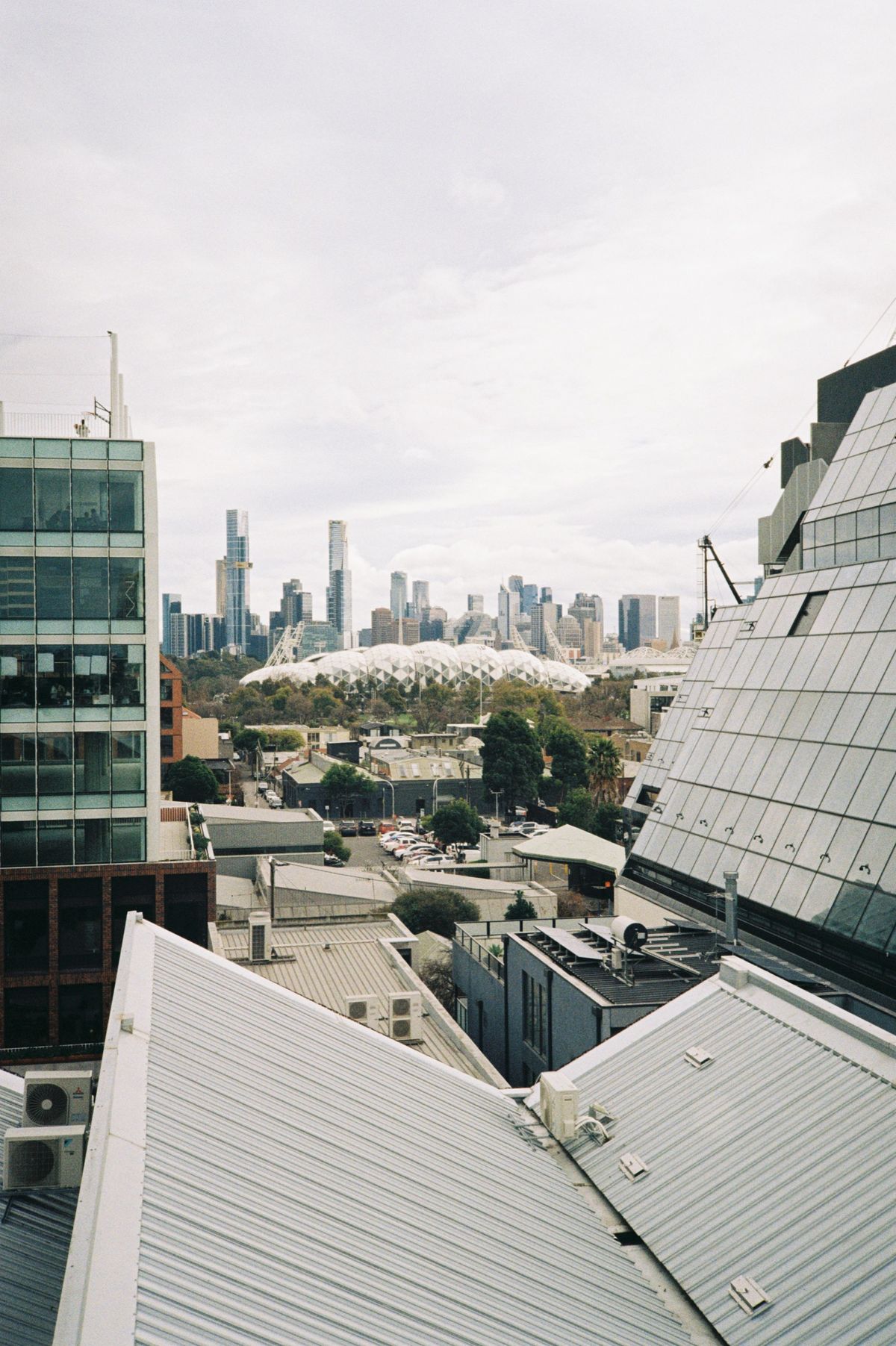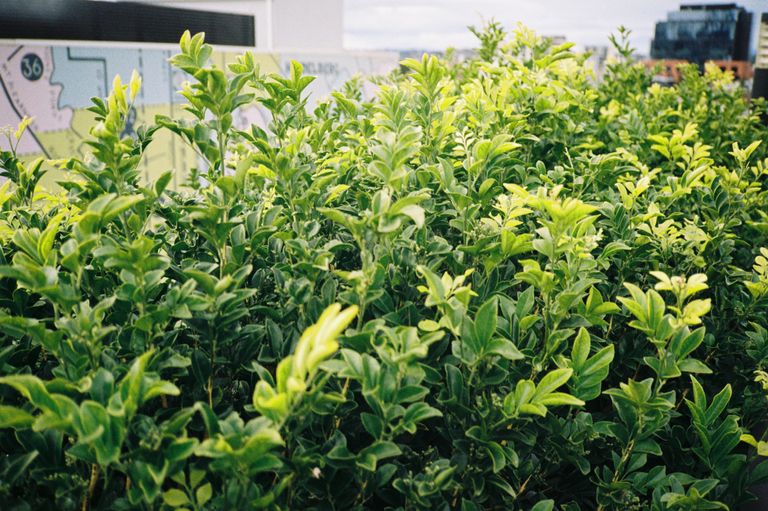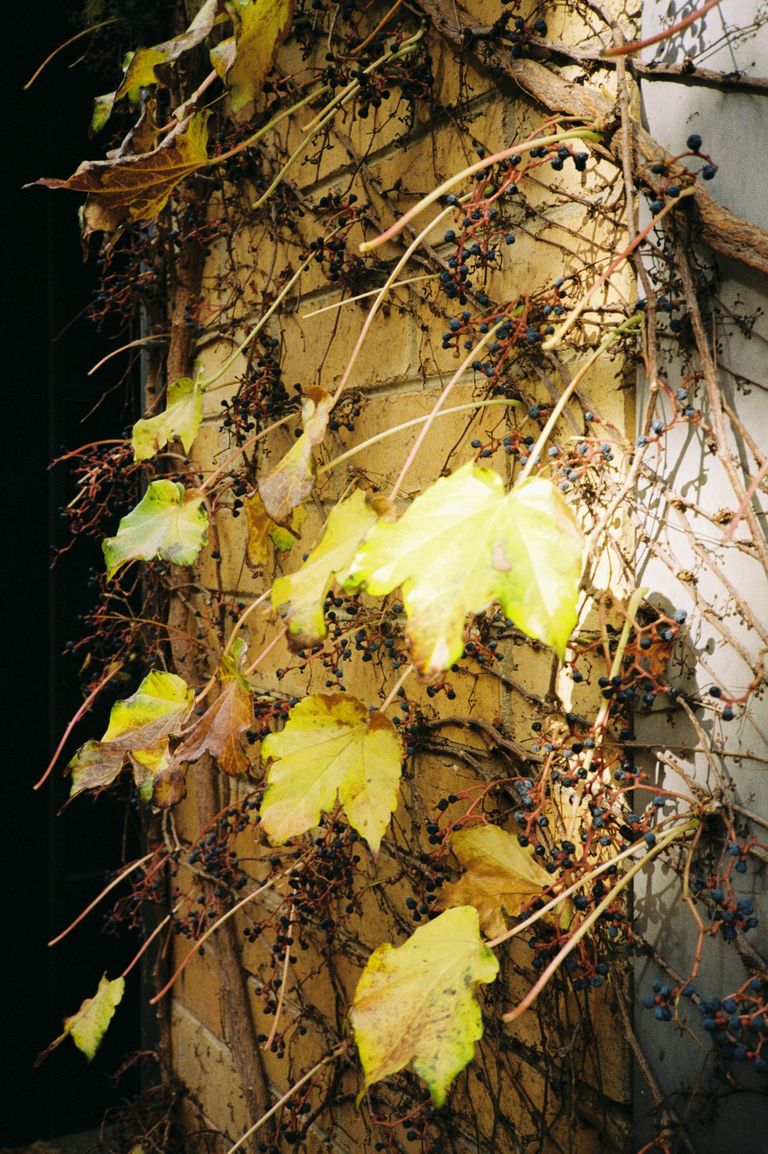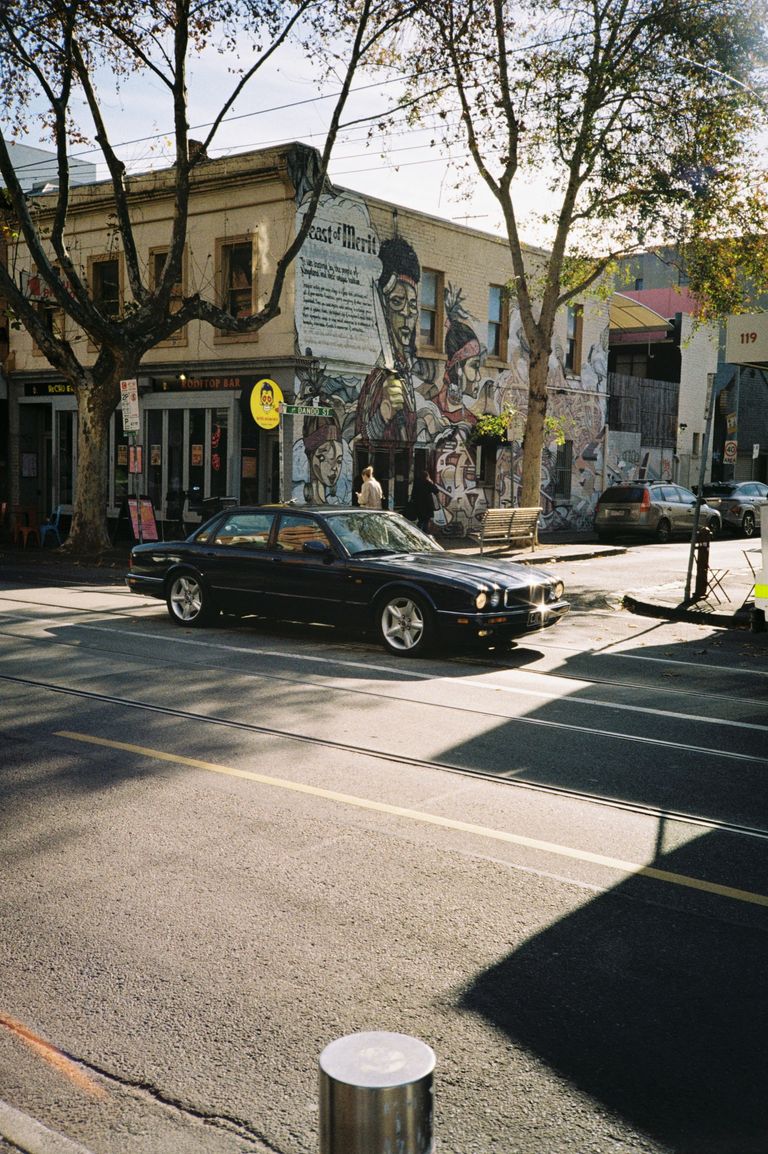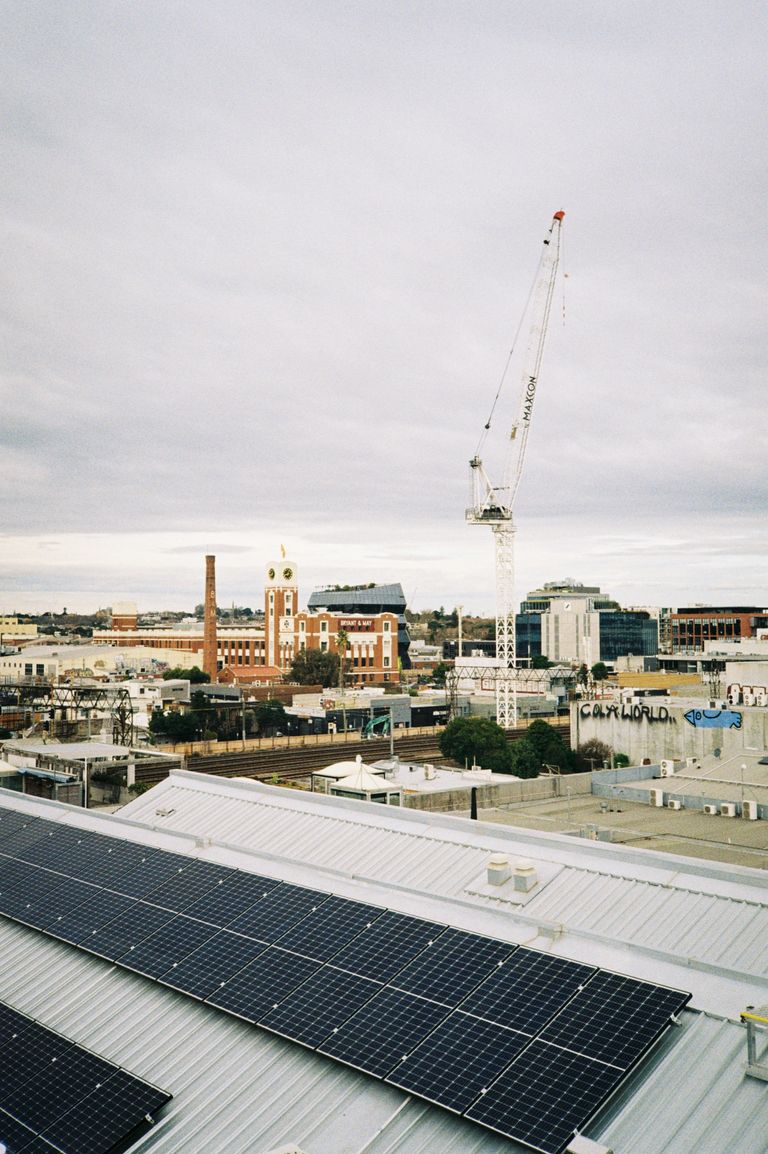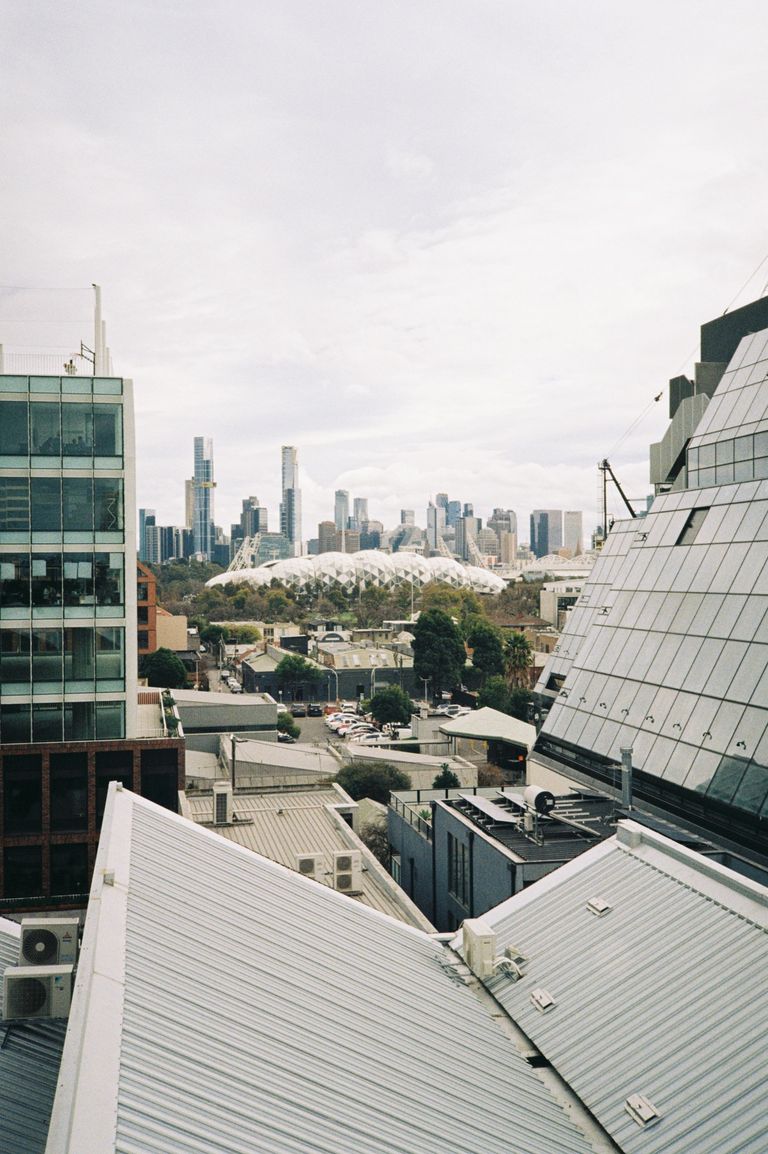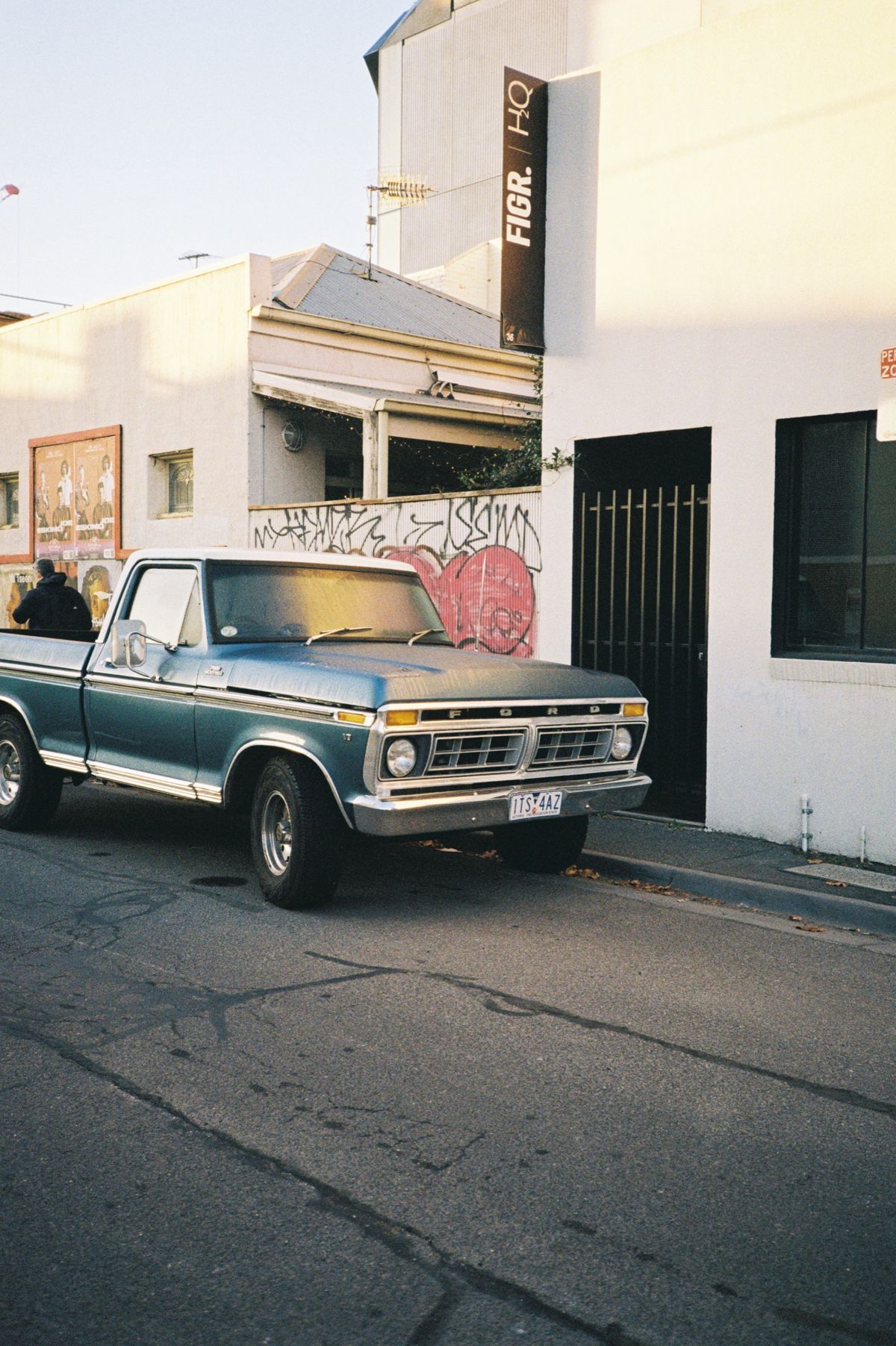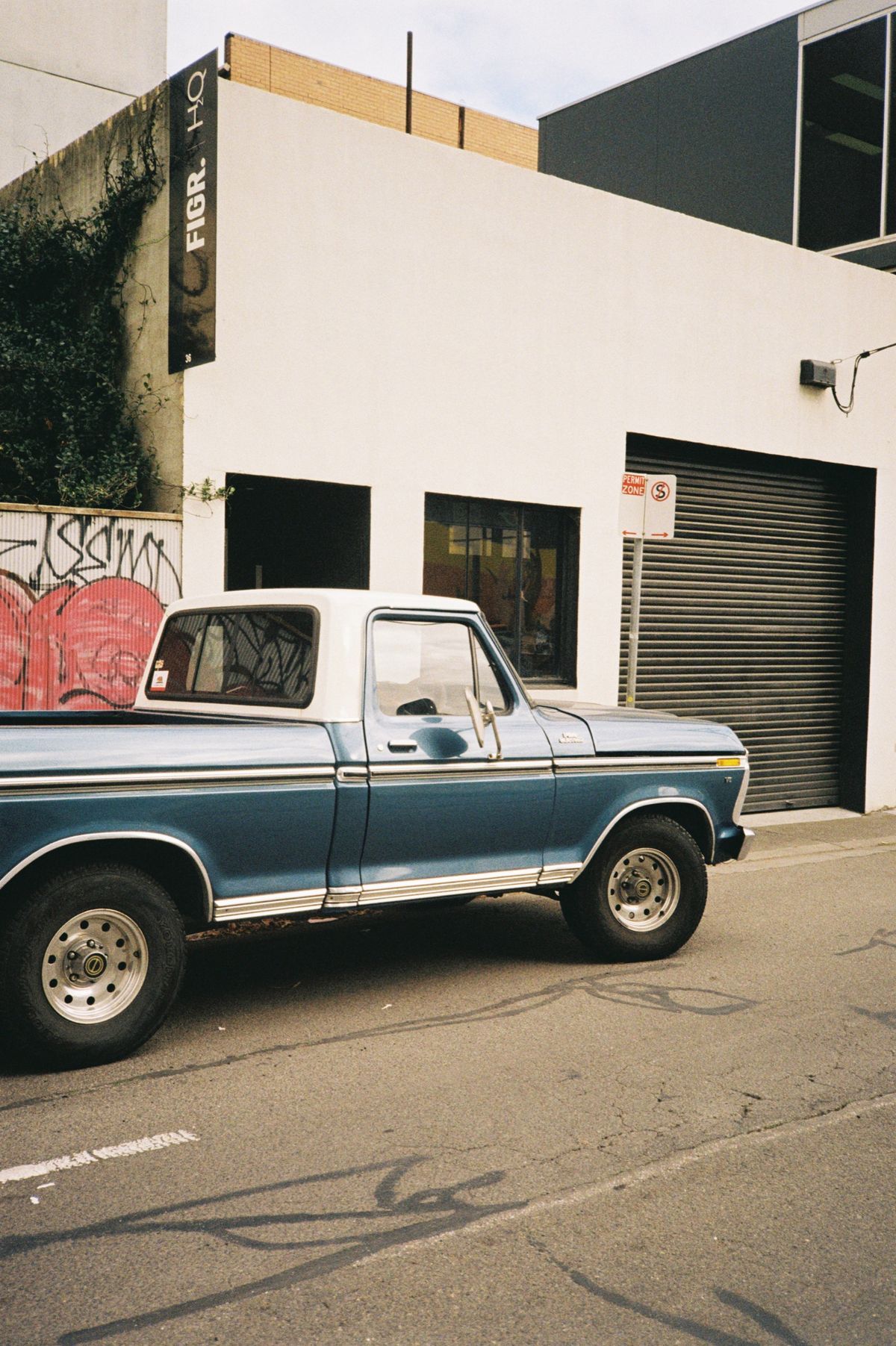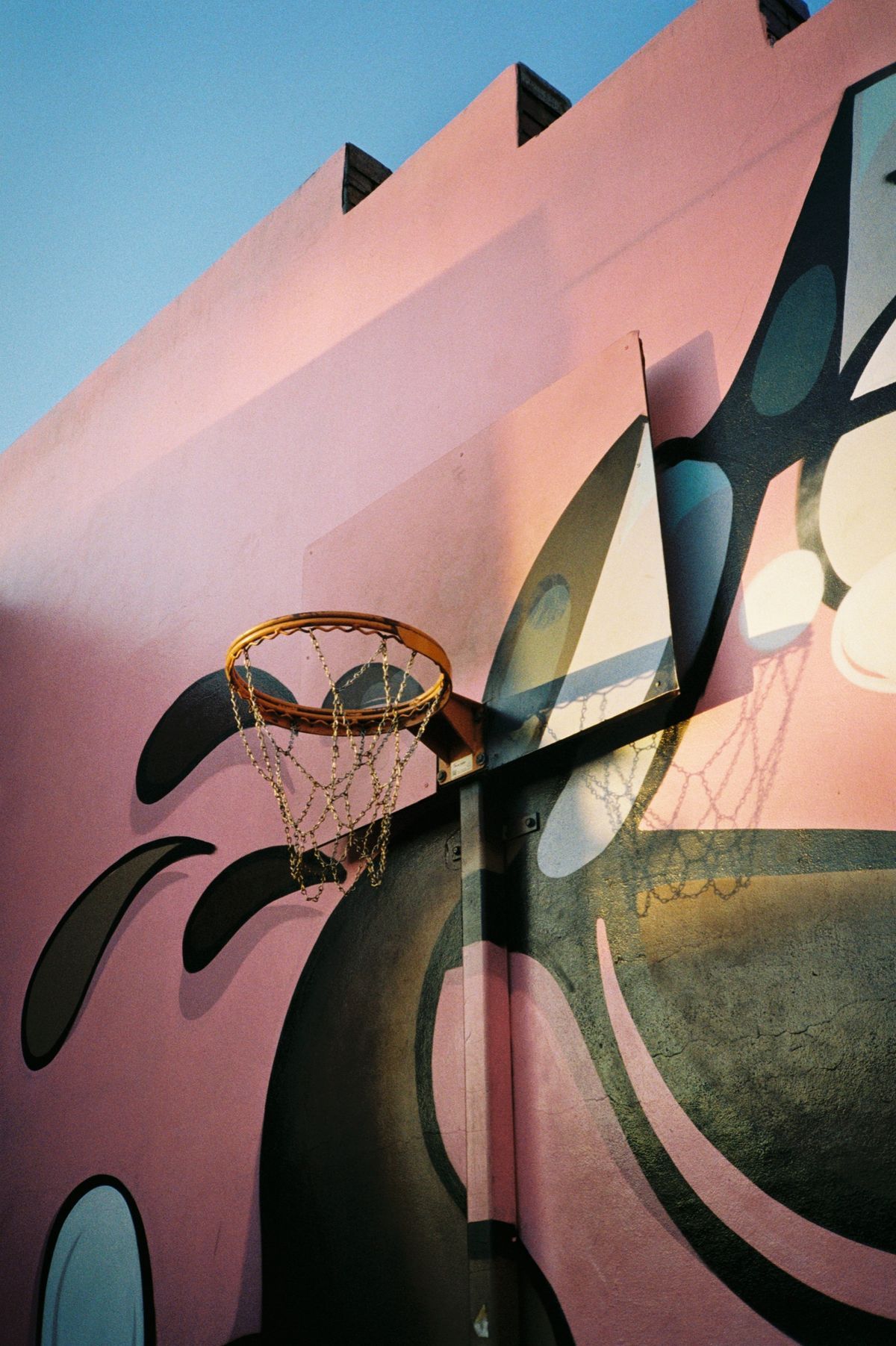Testing my Nikon L35AF point and shoot
I'm not necessarily big on point and shoots, but for anyone who knows a bit about film photography, they would know that there's a few gold nuggets in the wide expanse of shitty Haminex and rebranded Vivitar compacts. Machines like the Contax G2 and Nikon 35Ti spring to mind, but there are some decent point and shoots that don't require you to remortgage your house. One of those is the Nikon L35AF.
The Nikon L35AF was Nikon's first autofocus point and shoot 35mm camera, released in 1983. Designed by Giorgetto Giugiaro, it features a 35mm f/2.8 lens, timer function, built in pop up flash and all in a somewhat compact case. It'll fit in the pocket of your big warm winter jacket, but forget sticking this into the front of your stretch Levis. Nikon made one further enhancement to the L35AF, increasing its maximum ISO capability from a paltry 400 to a respectable 1000, and also released a similar model that can imprint a date on the photo — the L35AD. Unfortunately, subsequent models of autofocus Nikon point and shoots were either stripped back in features, stripped back in supplied lens capability, or stripped back in build quality. The R&D Nikon undertook at the time must've took its toll on the accounting department, and perhaps the bean-counters started moving in and cut back whatever they can to recuperate costs.
I'm not capable enough to do a thorough review as I don't feel I'm qualified to do so (and there's so many other excellent reviews), so all I can really provide is my personal experiences with it. So the L35AF is a neat little machine, and it takes great photos. However, getting a hold of one that's not beat to shit is pretty tough in 2024. I've been looking for a semi decent L35AF for about three years now, going to camera swap meets and looking around on eBay. The major issues with the L35AF is the battery door — to be frank it's badly designed, with only a small plastic rebate on the door (more like a flap) itself, trying to slot into the body proper when pushed shut. The reality here is that the rebate on the plastic flap gets eaten up, and before you know it, that battery door will just pop open and drop its AA batteries while you're shooting. Another issue is the viewfinder itself (not uncommon with most point and shoots to be honest), they eventually haze up and some might have fungus or be smashed in due to careless storage. The popup flash is known to stop popping up on well-used examples, and the timer function is known to stop working too.
So when I saw this example for $75 BIN on eBay (of course listed as 'untested'), I thought I would just take a punt and purchase it. Much to my surprise, when it arrived I gave it a good look over and discovered that it was a well kept camera, the battery flap looked like it operated correctly and all the other functions seemed to work fine! I chucked in a roll of Ultramax 400 and figured I've got nothing to lose, so let's go shooting.
Good thing that I chose Ultramax 400 for my first roll of film with this L35AF, not only is it one of the cheaper colour film rolls available, but I discovered when I was setting my ISO that this camera maxed out at the box speed. Nikon had quickly increased maximum ISO to 1000 shortly after production, so my L35AF must be from an early production run.
I think the photos turned out really well. I took nearly all of these shots on my lunch breaks at work, and we recently moved location to Cremorne, a more industrious area of inner Melbourne. You'd think that would mean a fresh change of scenery, but the buildings here are either really old and nothing to note of, or are being knocked down and replaced with prefab concrete buildings for architects and construction company HQs – not exactly something to document with photography.
Having said that, I did take enough photos to fill a roll, and most of them turned out OK enough to share online, if not a few bangers. Feel free to view them below.
There's an old Ford F150 that is parked in the side streets that make up Cremorne. It's in pretty good condition, but no garage queen. There's lambwool seat covers, a Club lock on the bench seat, a California flag sticker on the back window and it's been converted to LPG. But it's still in great condition, and seeing the sunlight bounce off all of that chrome is a real treat. When I see this car, I can't help but take a photo of it. I'm not sure if its owner is a resident of Cremorne, or a worker.
A coffee shop around the corner from work is run by a few 20-30 year olds that play basketball in between customers in their shop. They make a great cup of coffee and the ham and cheese croissants that they sell are amazing – you can tell the ham is off the bone, it's like a chunk of Christmas ham in every bite. One morning as I was waiting for my coffee to be made, I took a look outside and the light was still kind of golden, bouncing off the backboard of the basketball ring, part of the mural that's outside the shop's front door. I couldn't help but take a photo.
So what do I think of the Nikon L35AF? Well, I'm a Nikon fanboy (my blood bleeds in yellow and black) so take my opinion with a grain of salt. For 1983, it packed a fair bit of tech in a smallish package, but by today's standards (or even late 90s-early 00s) it's definitely not small and thin. It's all plastic, it can be fragile and it clunks around a bit as the flash pops up. But that little -tsk- and mechanical -whirr- as you take a shot is delightful. I like the camera strap, it lets the camera hang off you in a portrait orientation, which is different. And of course it's packing a great 35mm f/2.8 lens, something you don't see often at this era/vintage in the point-and-shoot market.
Pros:
- A great 35mm f/2.8 in a small package
- Autofocus seems decent at this vintage
- Small enough to fit in a jacket pocket
- The tethered lens cap covers the viewfinder too, you'll never mistakenly take a photo with the cap on
- Delightful shutter sound and great photo results.
Cons:
- Finding one in good condition is not easy
- Battery covers are known to break, and repairs are difficult
- Viewfinders can get hazy
- Would be nice if it were a bit smaller
If you find one in good condition and not overly expensive, I can recommend buying one of these.
Keep on snapping!
